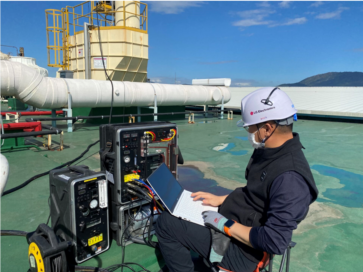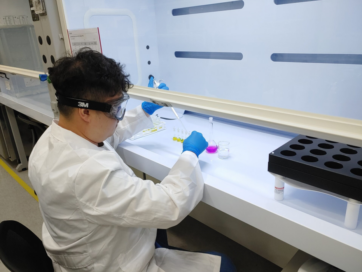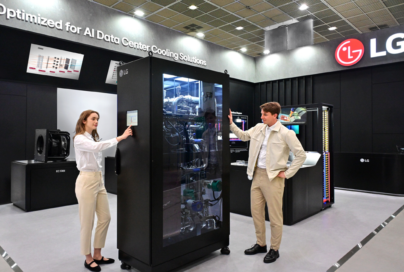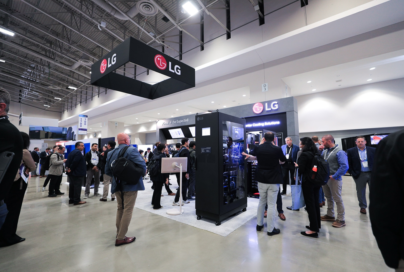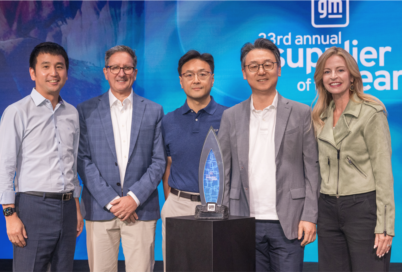Analyzing and Managing Air Pollutants to Create Better Life for All

Photo Credit: WHO
Air pollution is one of the greatest environmental risks to public health globally. According to the World Health Organization (WHO), the combination of outdoor air pollution and household air pollution accounts for nearly 6.7 million premature deaths yearly. What’s more, in 2019, about 99 percent of the world’s population were found to be living in areas where the air quality failed to meet WHO guideline levels.
Conscious of the need to ensure clean air for consumers around the world, LG has continuously been making efforts to be more accountable for the air pollutants its factories emit. The company strengthened its internal standards for measuring air and water emissions, stronger than legally-required levels, and designed specific emission reduction systems considering the different chemicals and raw materials used at each site.
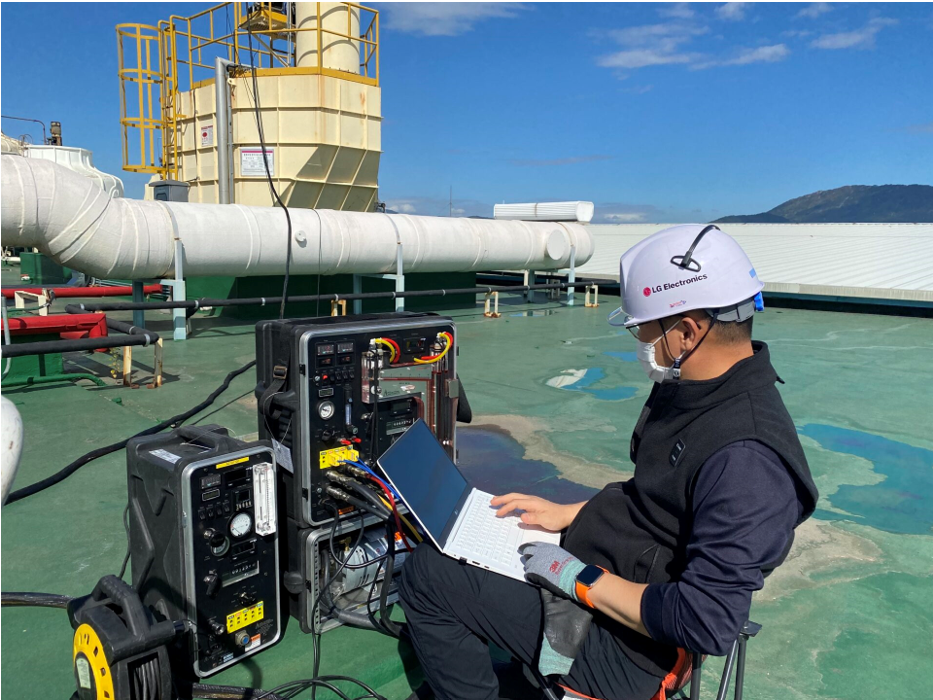
In 2021, the company brought expert environmental analysts together and created the Environment Pollutant Testing Lab at LG Digital Park in Pyeongtaek, South Korea, with the goal to measure the concentration of air emissions at the site and enhance the reliability of the measurements.
And, last year, LG partnered with the Environmental Resource Associates (ERA) to further enhance its ability to analyze and manage the air pollutants generated by the company’s business sites. Since then, LG Digital Park has been recognized as a Laboratory of Excellence for achieving 100 percent acceptable data in the proficiency testing (PT) standards of Air and Emissions.
With ERA’s PT standards recognized by the U.S. Environmental Protection Agency (EPA) and adhering to ISO/IEC standards, the Laboratory of Excellence accreditation is awarded to those who meet Satisfactory Performance Evaluation levels for all submitted analytes.
In 2022, LG reported ten analytes for review, including heavy metals (copper, zinc, lead, nickel, cadmium and chromium), volatile organic compounds (benzene, ethylbenzene and styrene) and hydrogen chloride, while acrylonitrile, methylene chloride and formaldehyde were added this year.
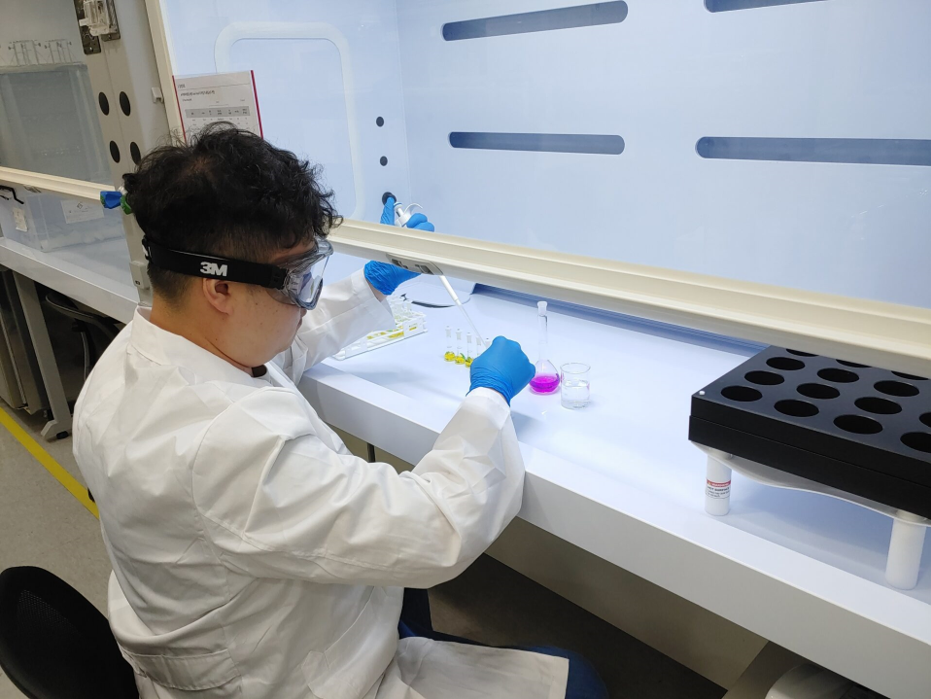
LG is committed to achieving its goal of reducing greenhouse gas (GHG) emissions by 54.6 percent by 2030, compared to 2017 figures. This year, the company’s global sites emitted 92.7 million tons* of direct and indirect GHG emissions from its facilities around the world, a reduction of 22 million tons compared to the previous year.
“We will continue efforts to become greener based on our world-class capabilities in analyzing air pollutants,” said Park Pyoung-gu, senior vice president at LG Electronics Safety & Environment Division. “Moreover, we plan to further strengthen administrative efforts to prevent environmental incidents.”
To learn more about the company’s ESG efforts, visit LG Newsroom.
# # #
* Expressed in tons of CO2 equivalent (tCO2eq).

